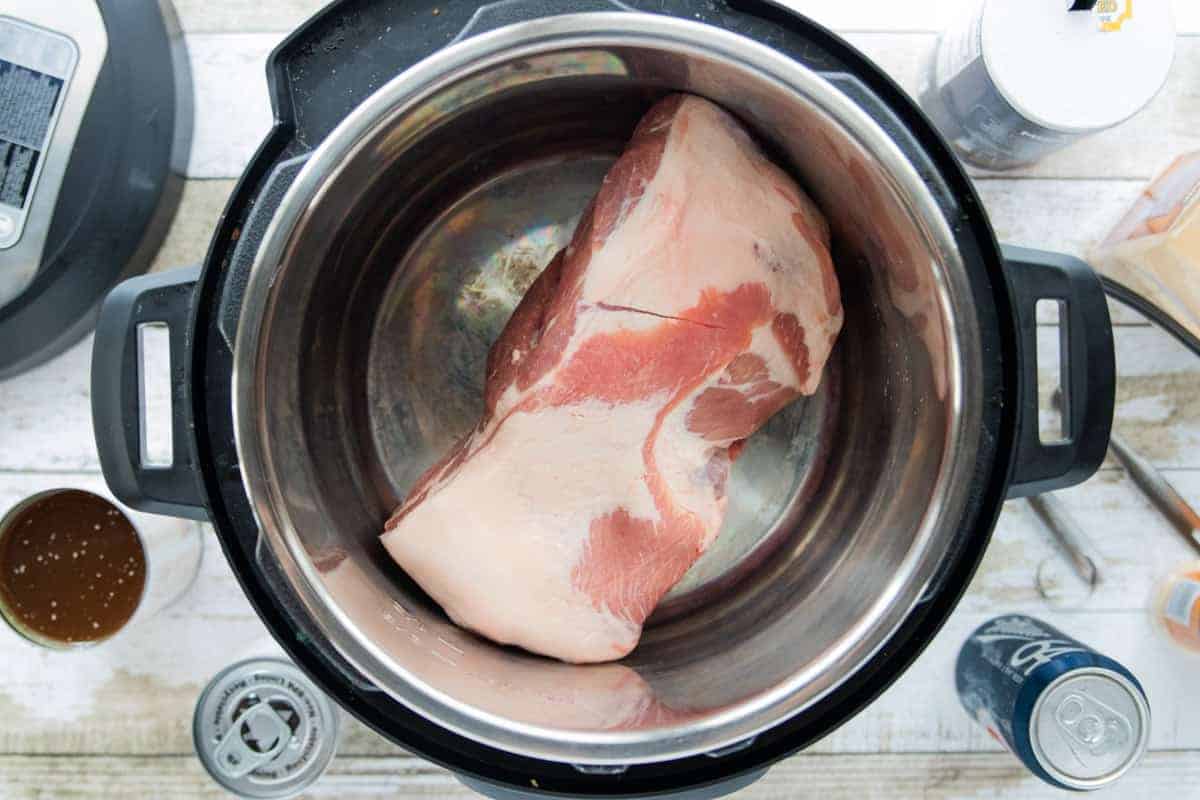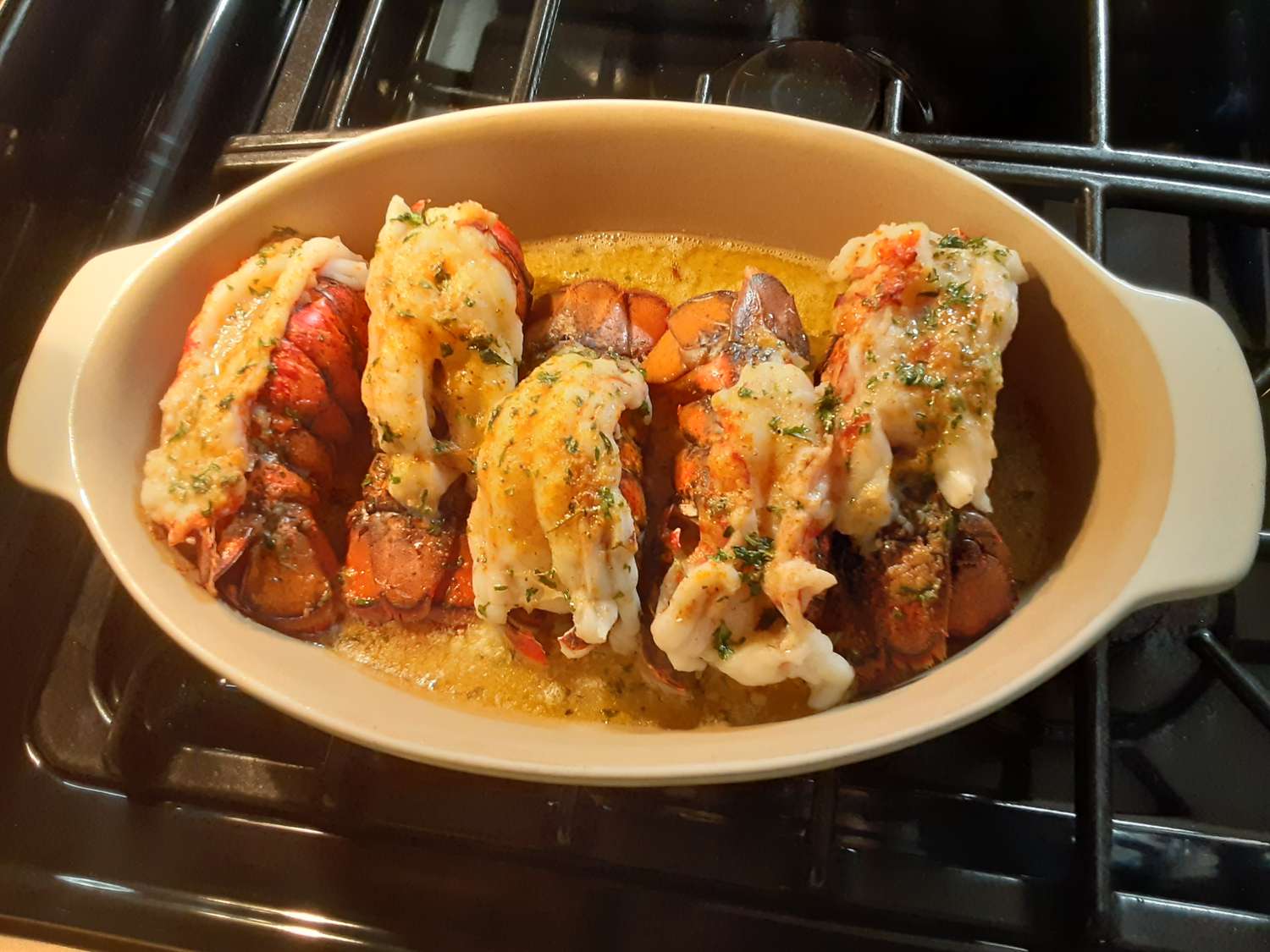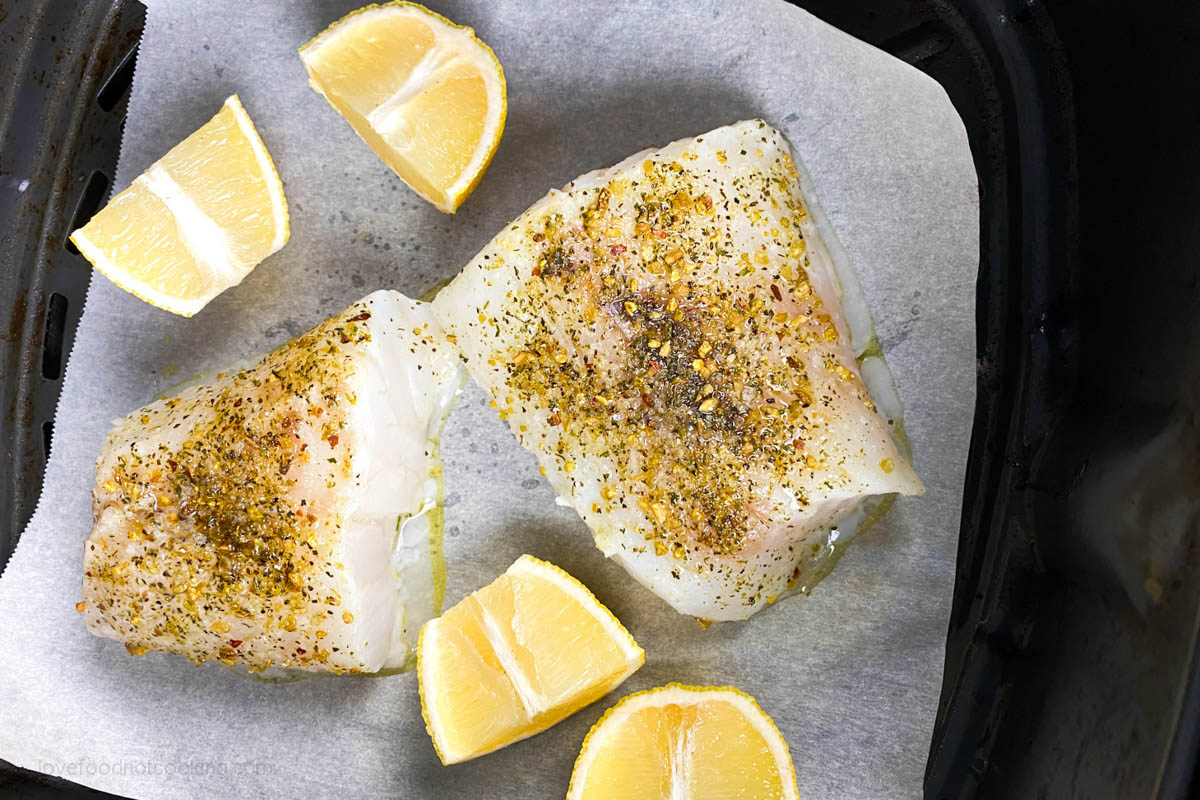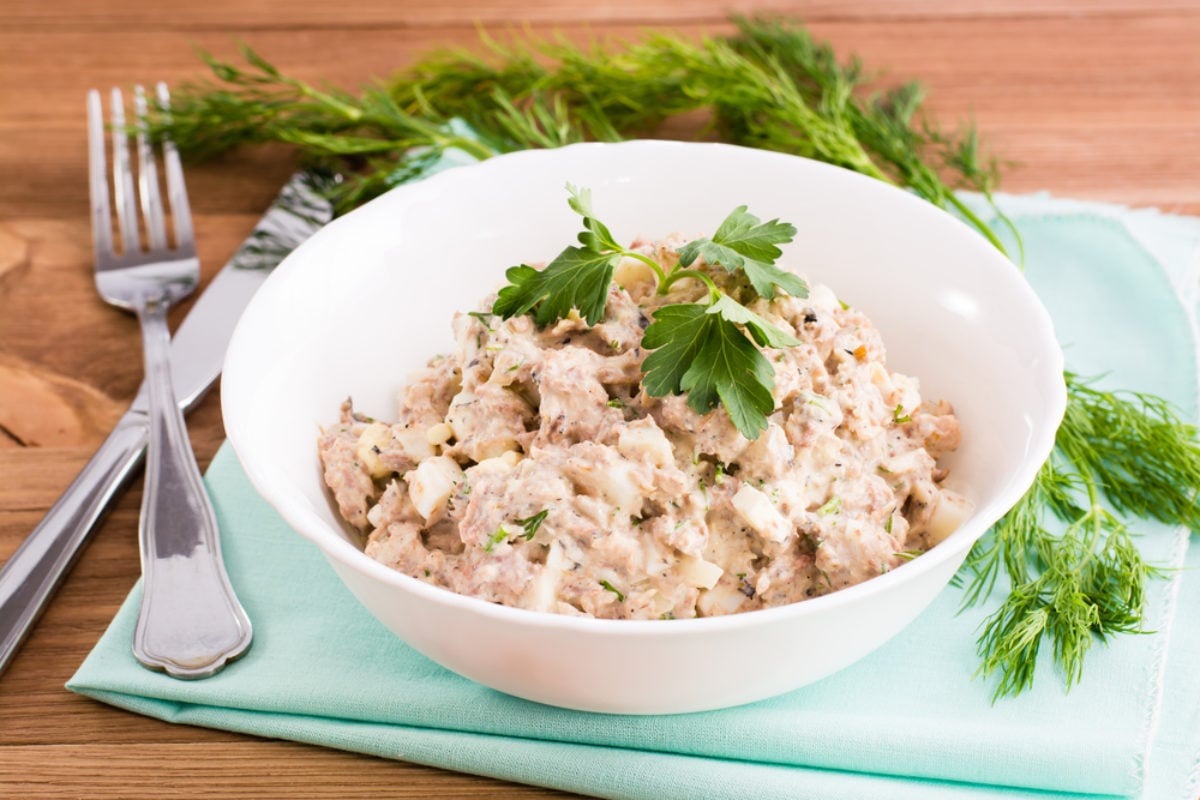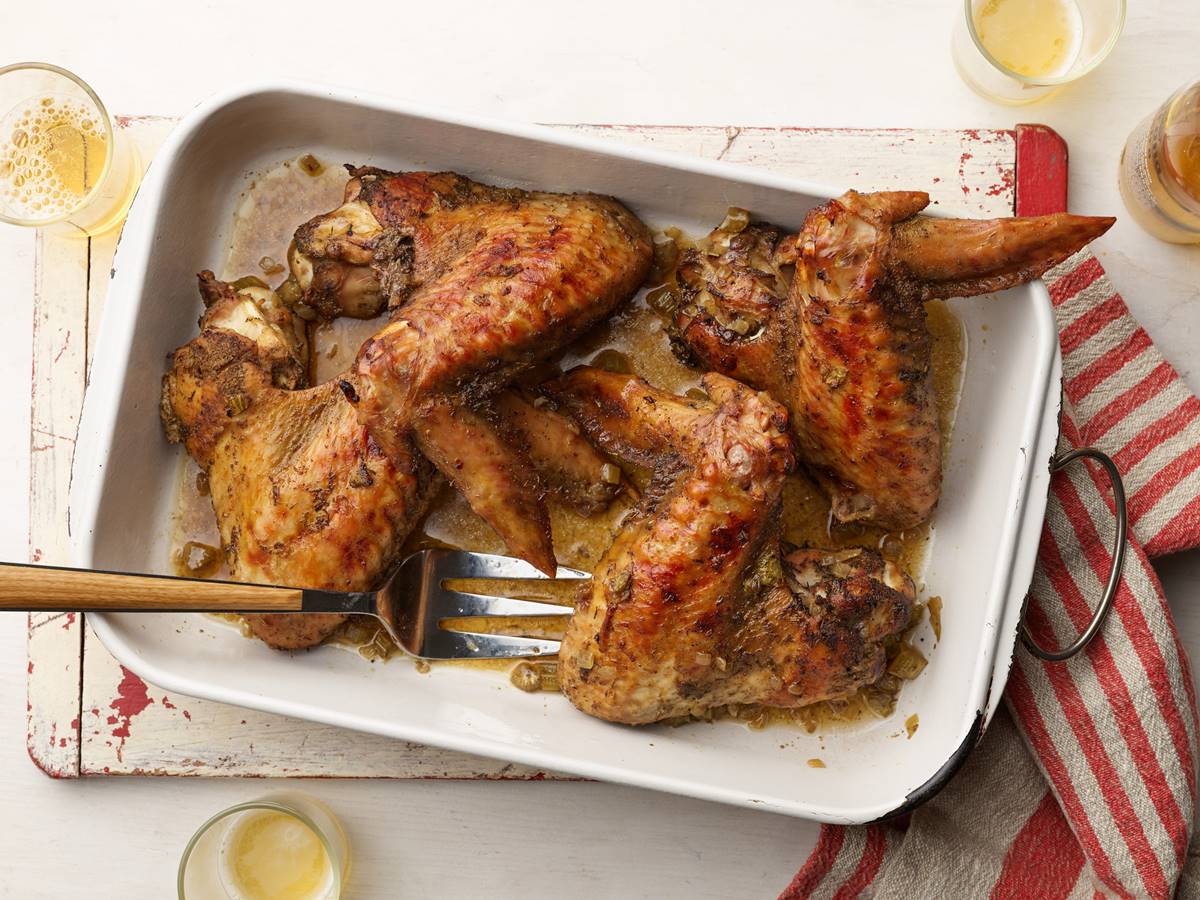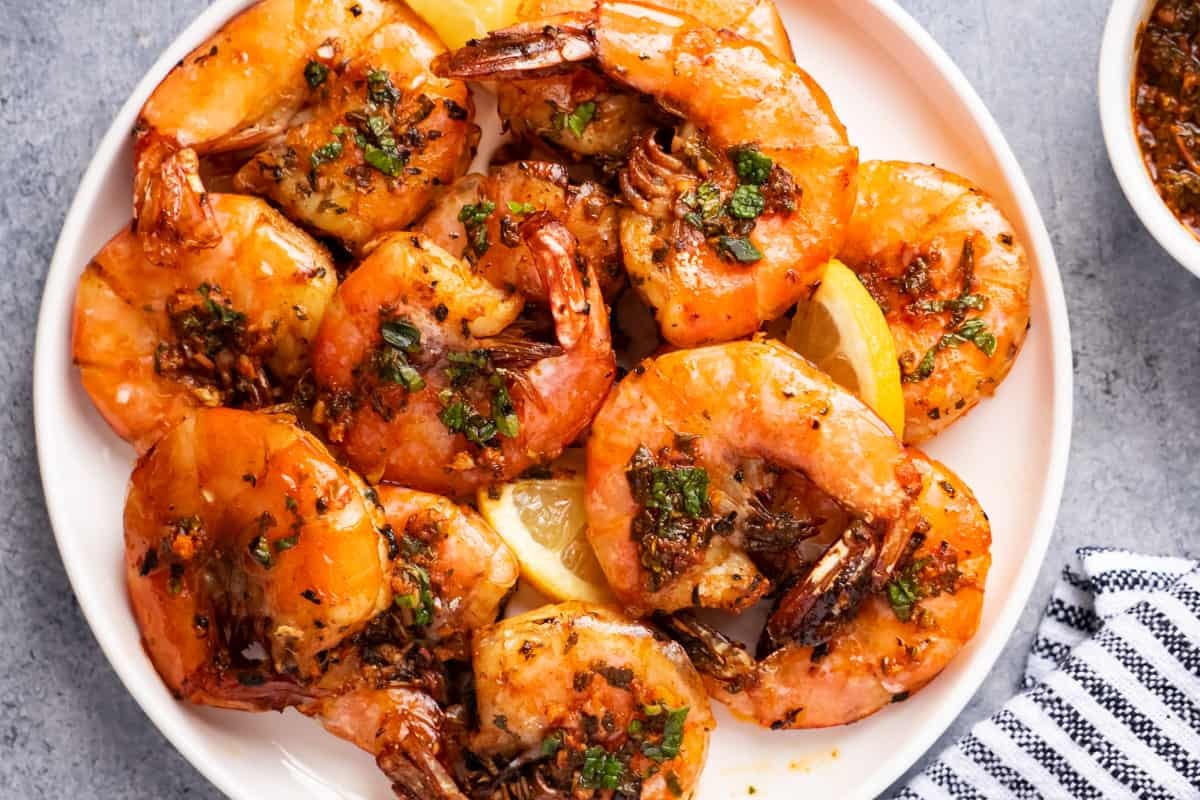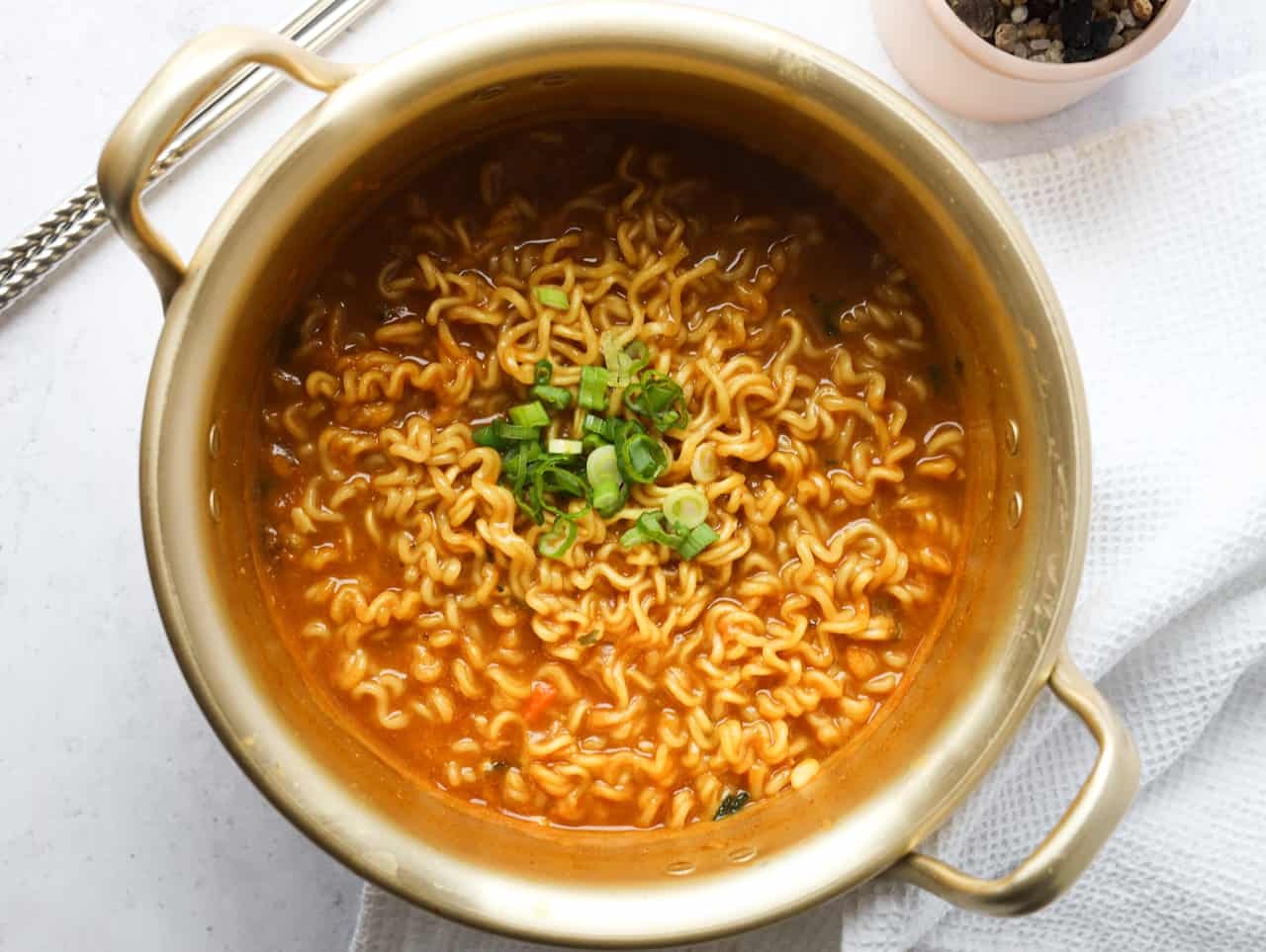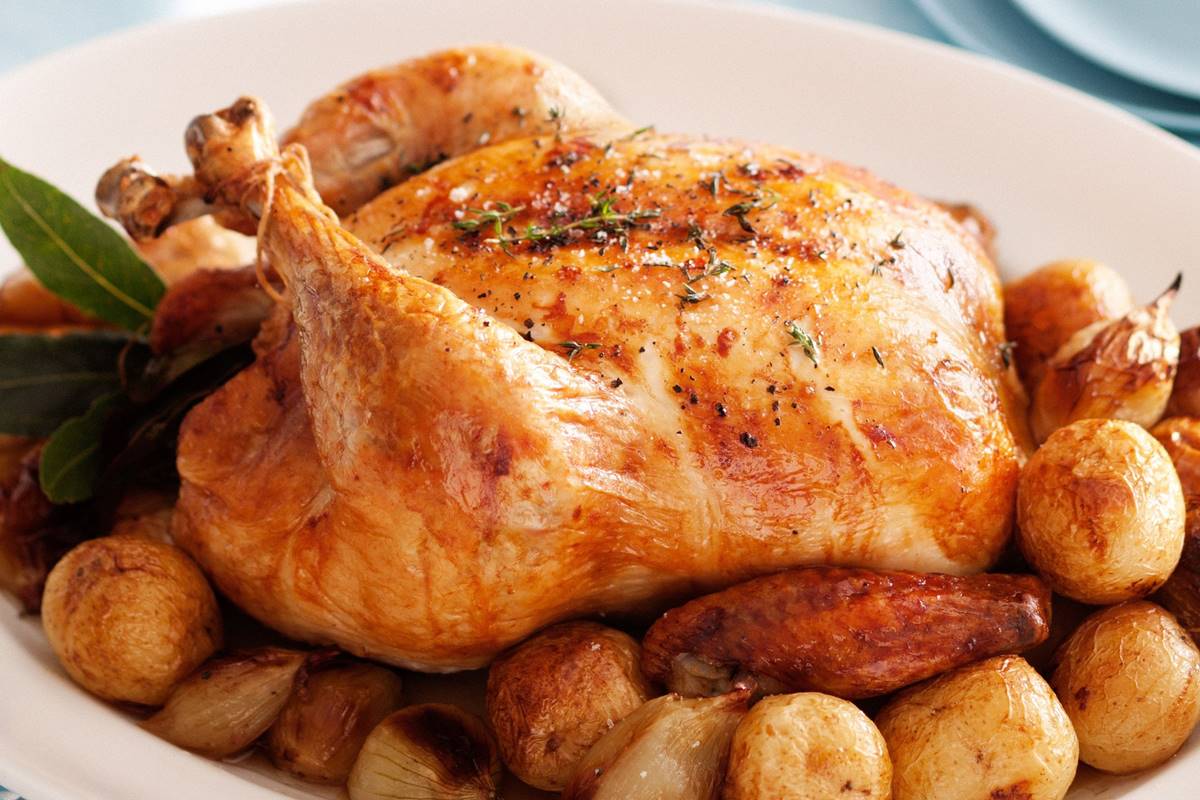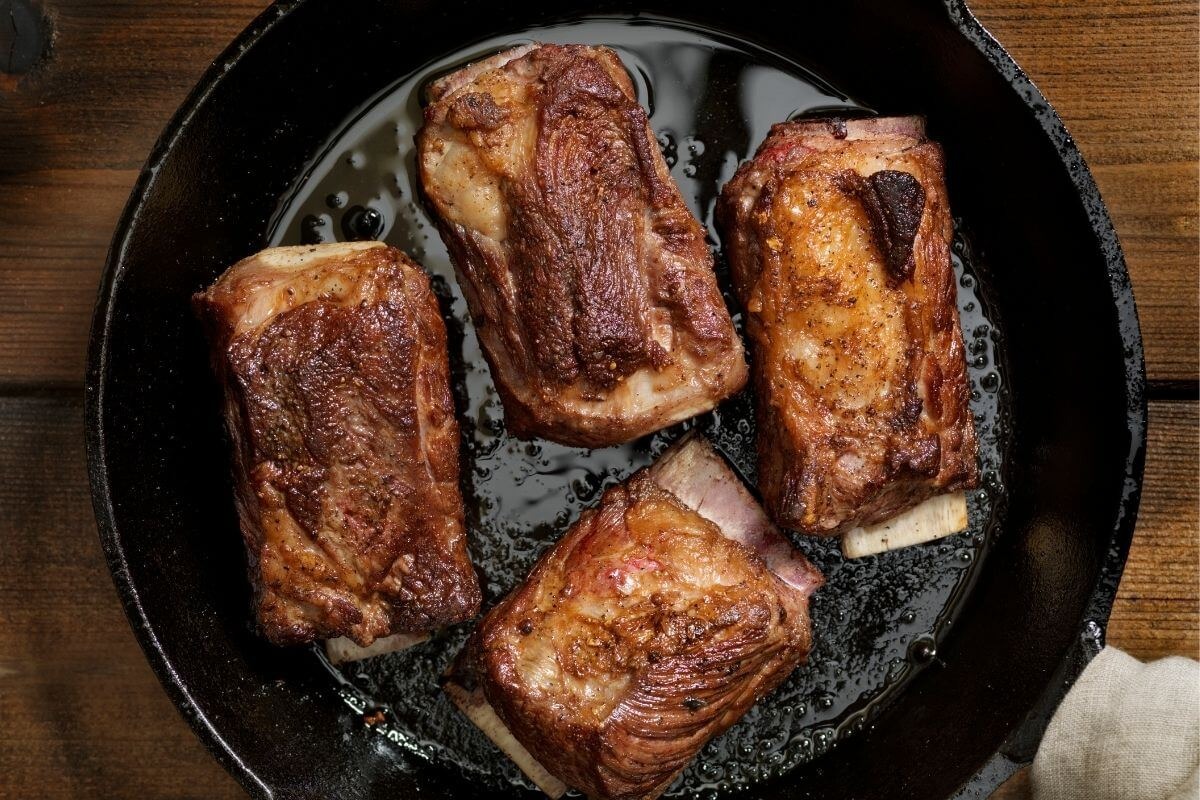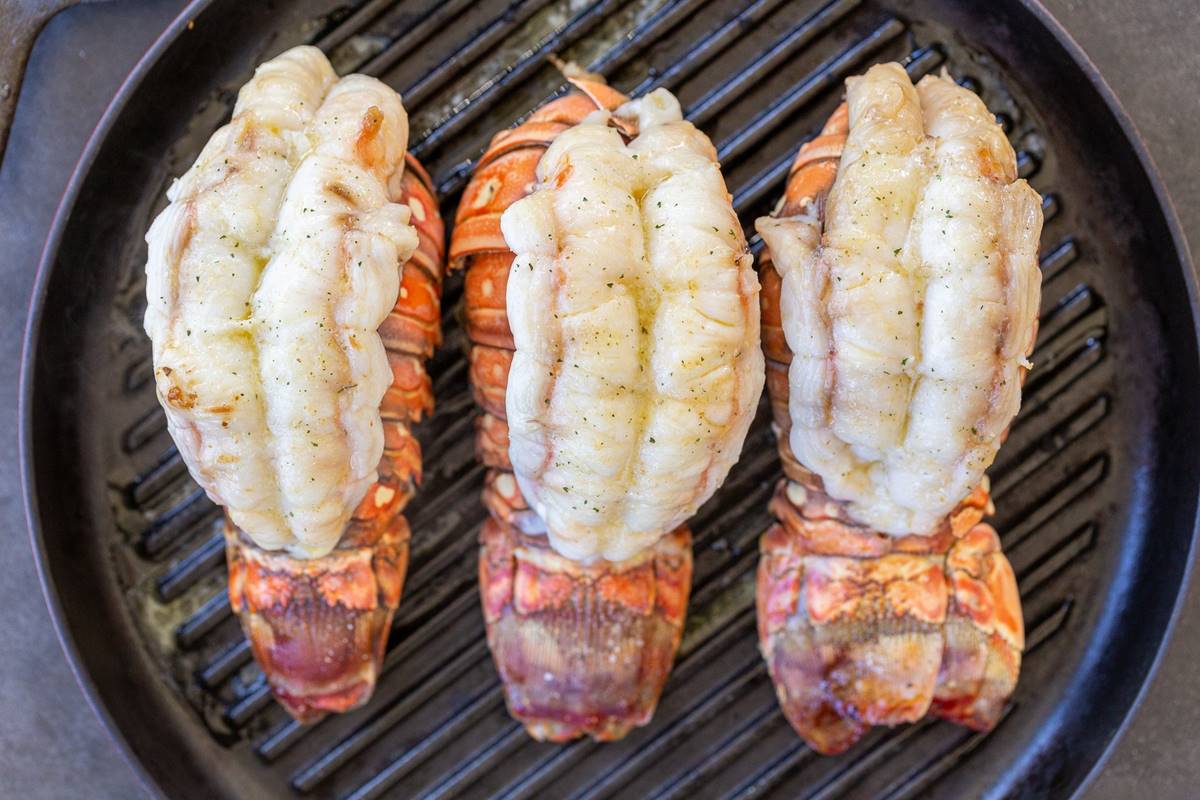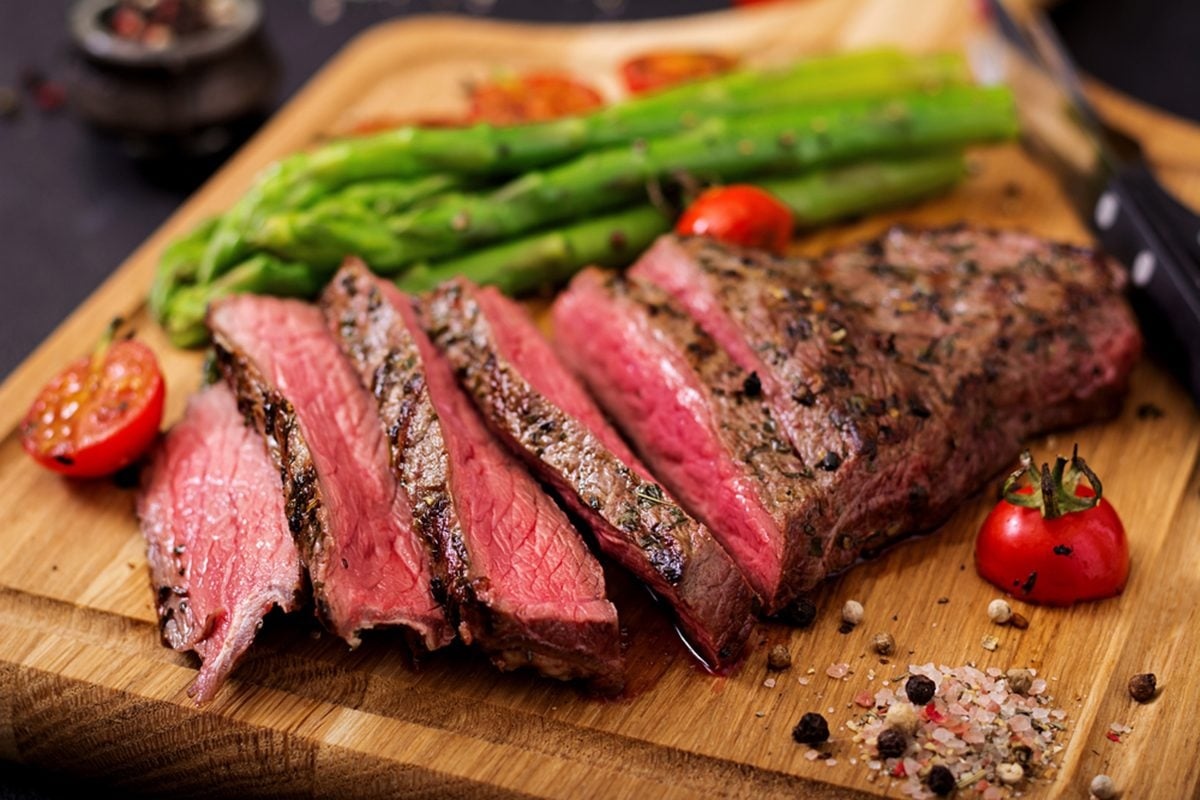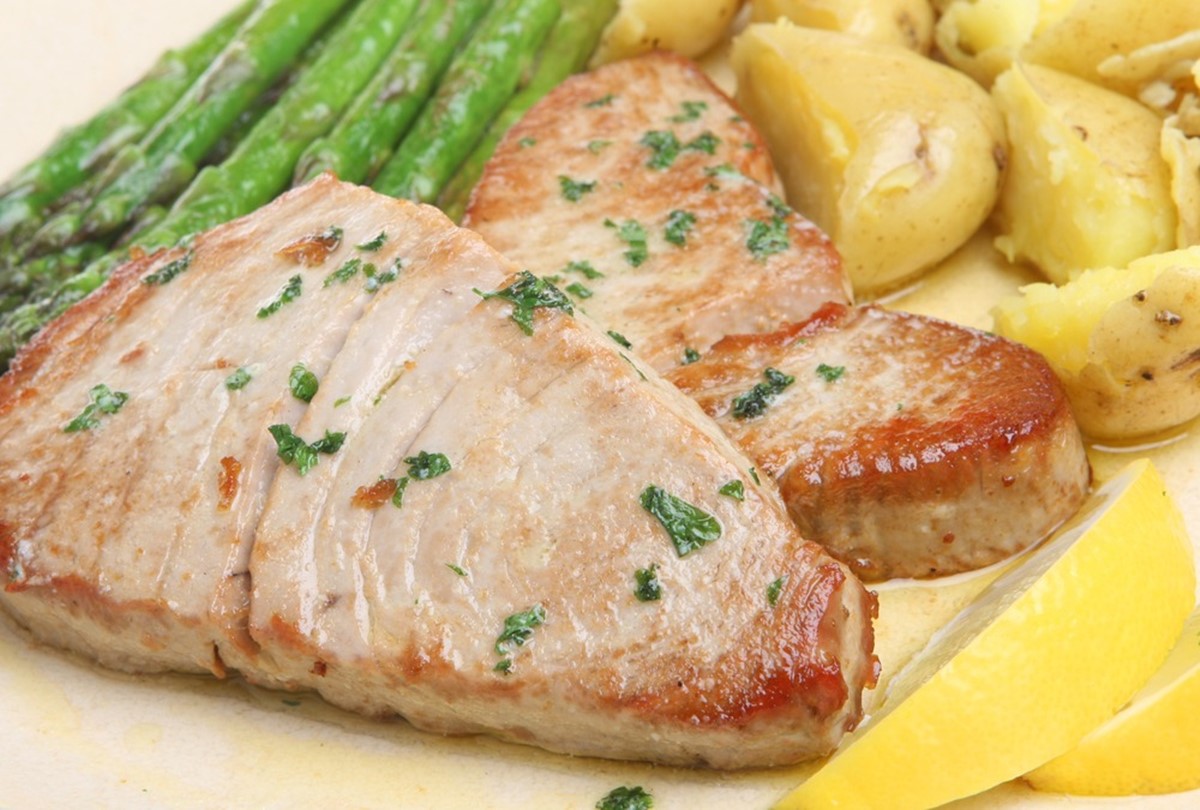How To Cook Chicken Breast For Dogs
As a responsible dog owner, you want to ensure that your furry friend is getting the best nutrition possible. Chicken breast is a nutritious and tasty option that many dogs love. It is packed with protein and can be a great addition to your dog’s diet. Here are some tips on how to cook chicken breast for your beloved pooch:
1. Choose high-quality chicken breast:
When it comes to cooking chicken breast for your dog, it is essential to choose high-quality, fresh, and boneless chicken breast. Look for chicken breast that is free of any additives or preservatives. Organic or free-range chicken breast is an excellent choice, as it is typically raised without the use of antibiotics or hormones.
2. Trim excess fat:
Before cooking the chicken breast, make sure to trim off any excess fat. Too much fat can lead to digestive issues in dogs, so it’s best to remove any visible fat before preparing the chicken.
3. Cook thoroughly:
Properly cooking the chicken breast is crucial to ensure that it is safe for your dog to consume. The chicken should be fully cooked, with no pink or raw spots. You can either bake, grill, or boil the chicken breast. Avoid using any seasonings, as some herbs and spices can be harmful to dogs.
4. Let it cool down:
After cooking, allow the chicken breast to cool down completely before serving it to your dog. This will prevent any potential burns or discomfort. You can cut the chicken breast into small, bite-sized pieces for easier consumption by your furry friend.
5. Serving size:
When it comes to serving chicken breast to your dog, it’s essential to consider portion control. The appropriate serving size will depend on your dog’s size, breed, and overall health. As a general guideline, you can offer about 1 ounce of cooked chicken breast per 10 pounds of your dog’s body weight. However, always consult with your veterinarian for guidance on the appropriate amount for your specific dog.
6. Incorporate into meals:
Chicken breast can be served as a standalone treat or incorporated into your dog’s regular meals. You can mix it with their kibble, use it in homemade dog food recipes, or even make homemade dog treats with it.
Conclusion:
Cooking chicken breast for dogs can be a simple and nutritious way to provide your furry companion with a protein-rich and delicious meal. Remember to choose high-quality chicken breast, trim excess fat, cook it thoroughly, let it cool down, and serve it in appropriate portion sizes. Your dog will surely appreciate the taste and the love you put into preparing a homemade meal for them.
Disclaimer: Always consult with your veterinarian before making any changes to your dog’s diet. Individual dogs may have specific dietary needs or health conditions that warrant a modified diet.
Was this page helpful?
Read Next: How To Cook A Smoked Ham From The Butcher
